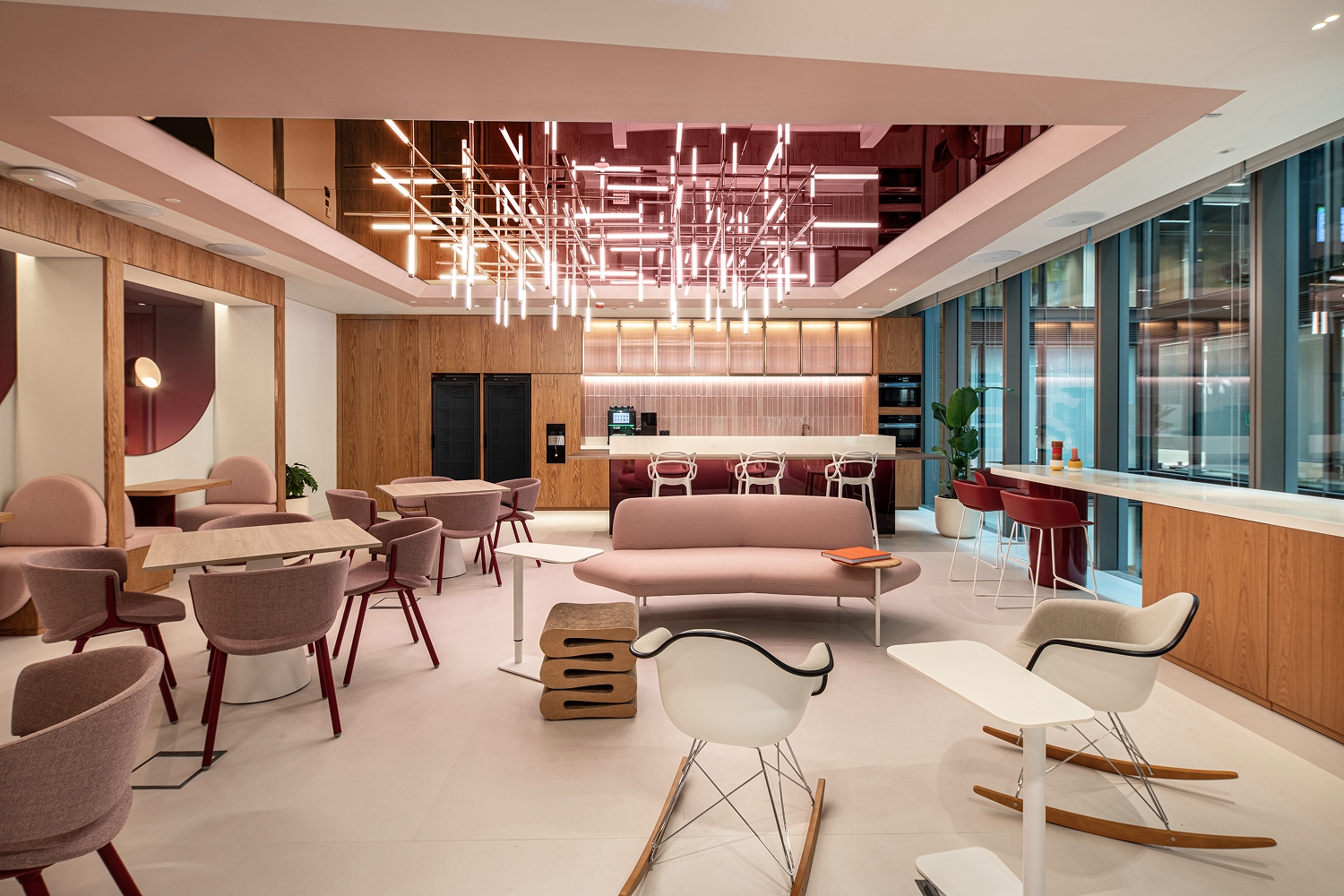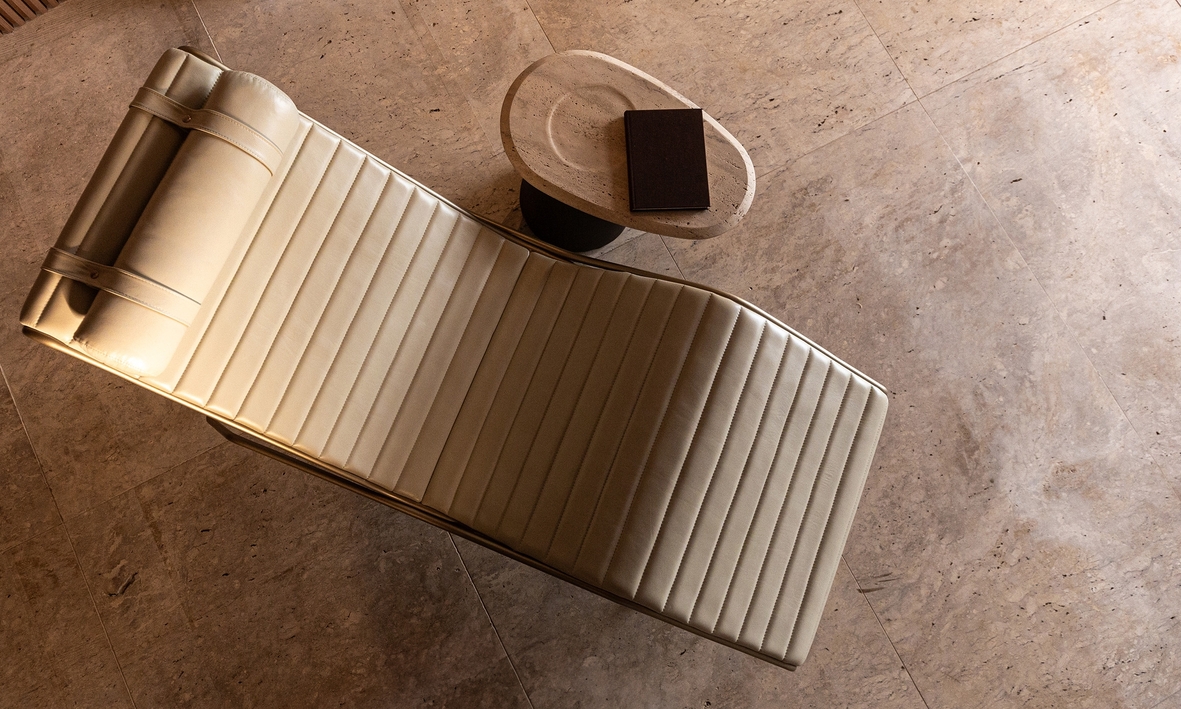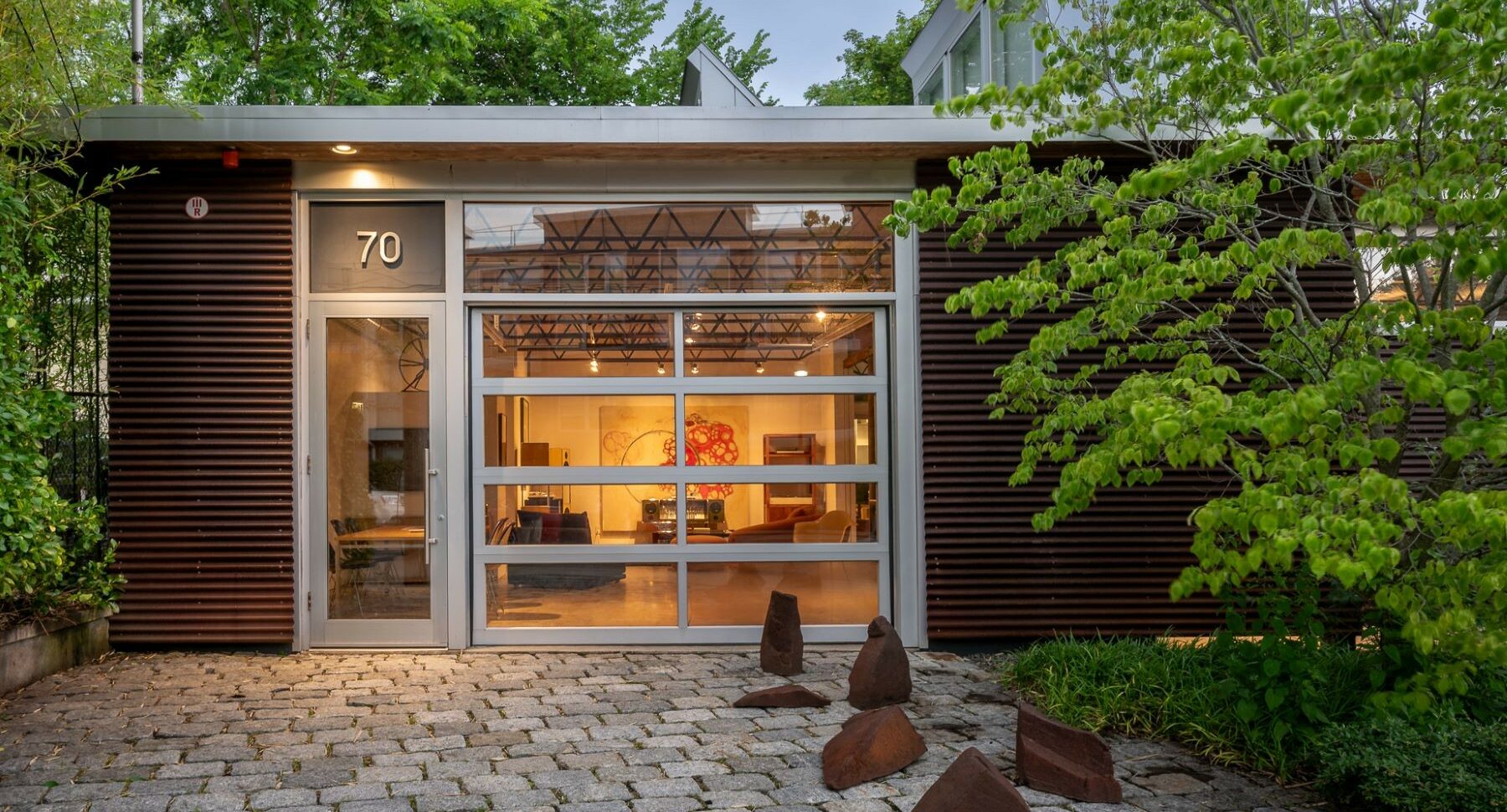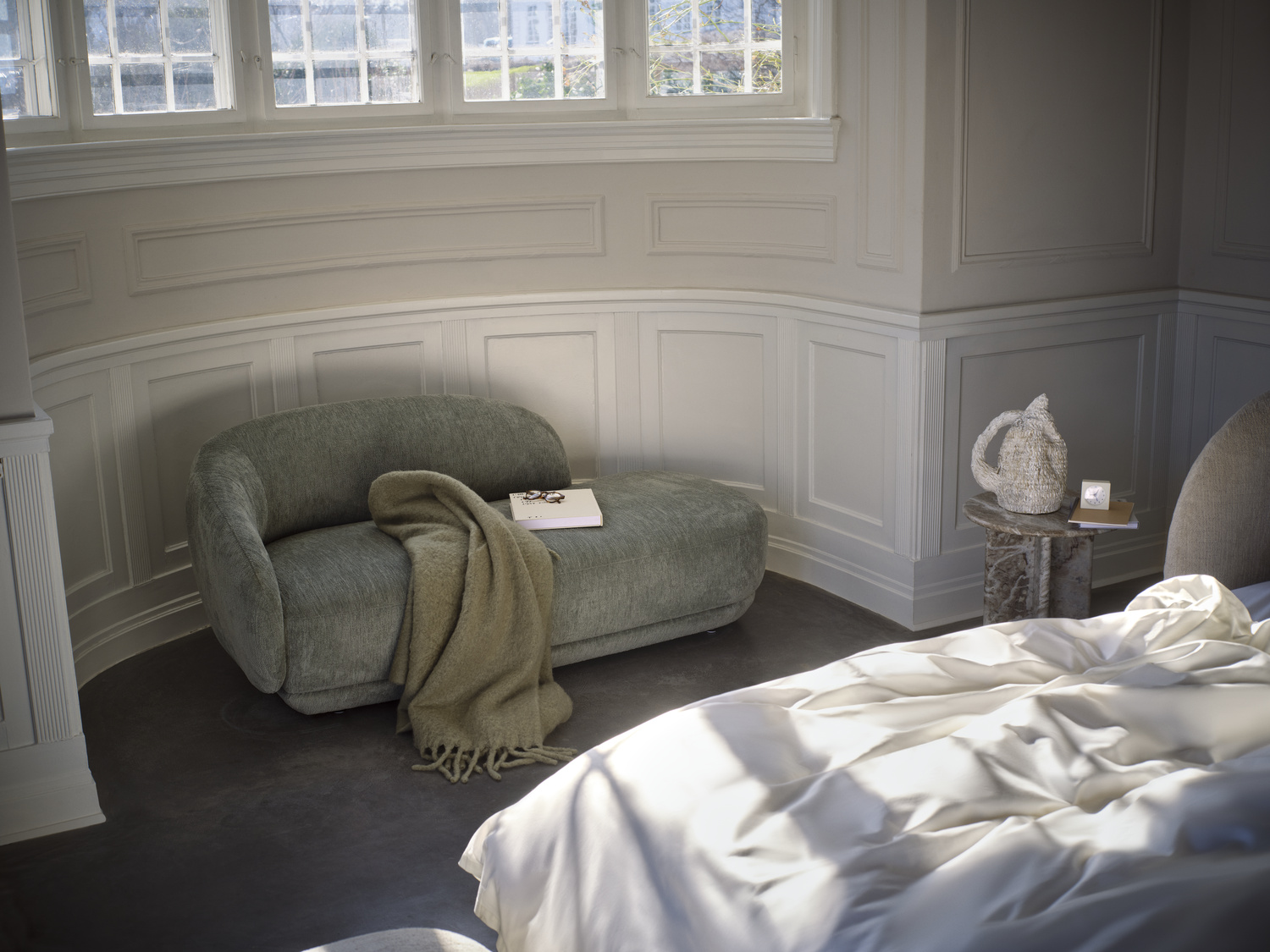Header: Courtesy of Symbol Home
Symbol Home, formerly known as Symbol Audio, has just introduced its first furniture collection, now focusing on living rooms and workspaces. Known until now for vinyl and audio storage, the company’s product range has grown to include a set of American-made seating, tables, desks, and shelving, an expansion pushed by Walker Tovin, the founder’s son, who didn’t shy away from sharing some thoughts with D5 Mag.
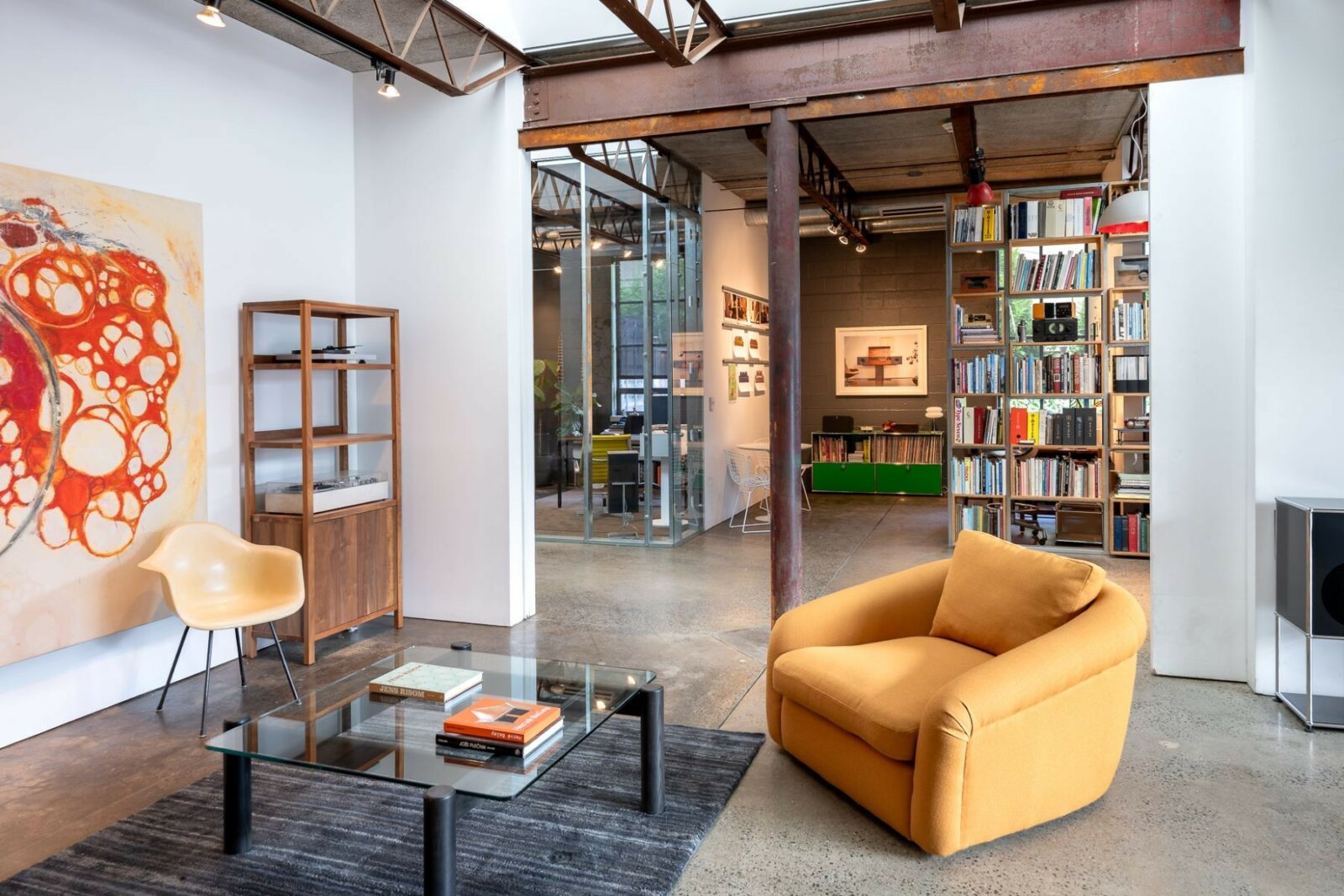
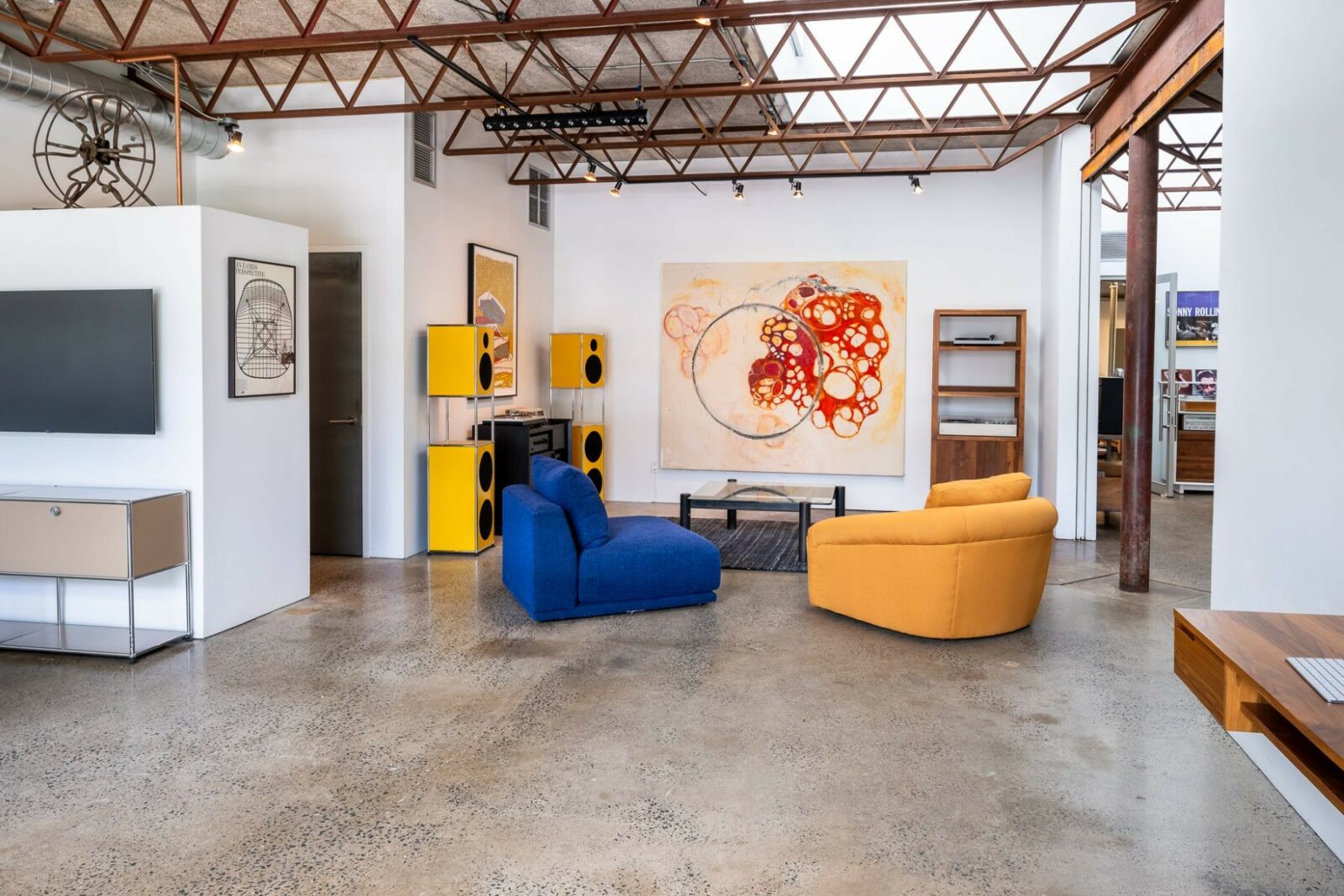
The Living Room Collection
The Living Room Collection includes four sofas: the Jelly Roll, the Nina, the Rollins, and the T-Bone, which is offered both as a single sofa and as a sectional. Alongside these bigger pieces, the collection boasts two armchairs (the Jelly Roll and the Nina) and a group of occasional tables (the USM, the Azeta, and the Dove).
Designed with a focus on comfort and simplicity, one can hardly miss the modernist lines and Bauhaus-inspired colours. The seating pieces, low and neutral in style, can be combined with the tables, which are scaled to be placed beside or between chairs and sofas. Mix and matching makes this collection perfect for anyone who wishes to create their own little hub where music can be devoured and enjoyed, with storage and display pieces from the brand being the missing additions that can keep the sacred vinyls and audio equipment always safe and at hand.
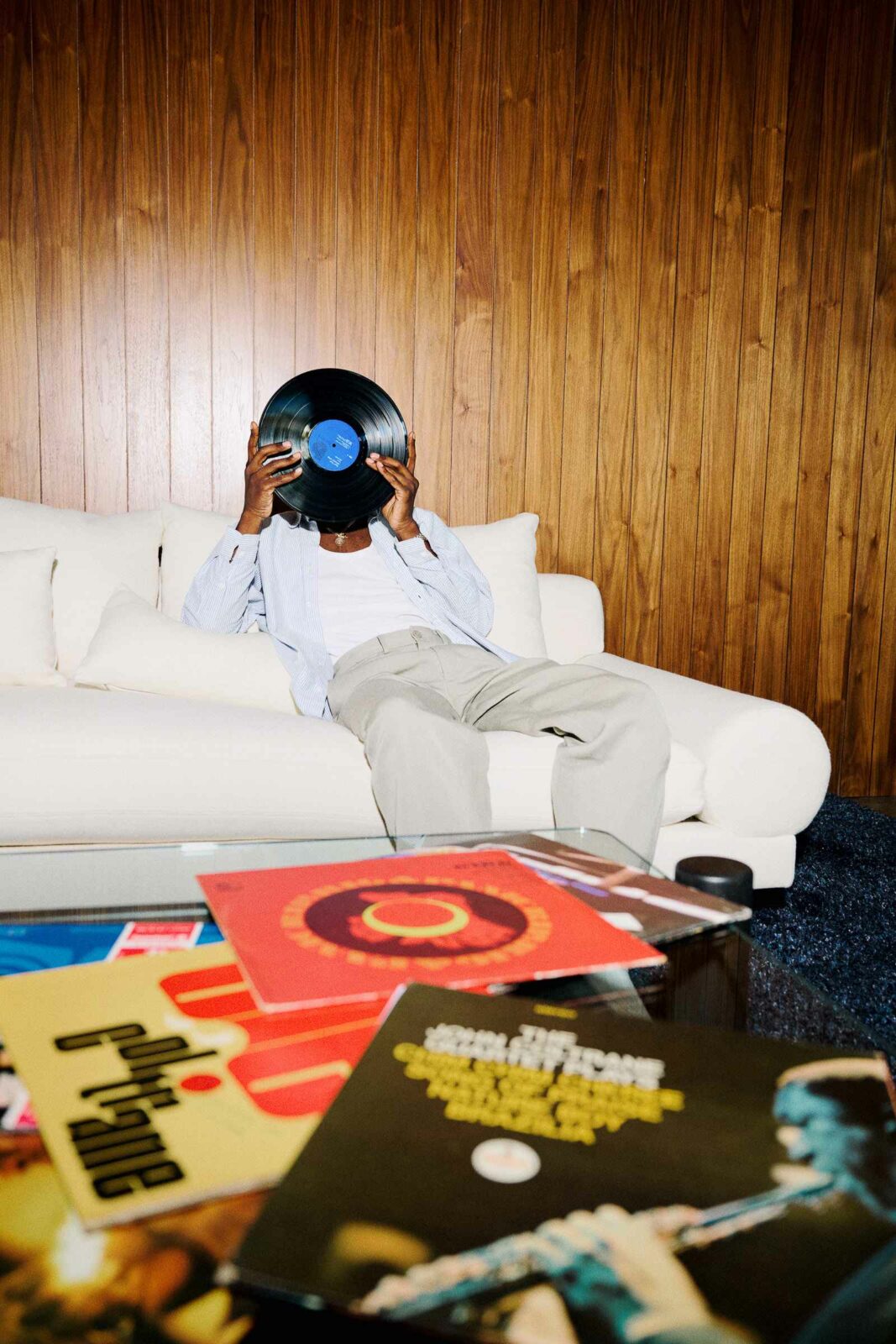
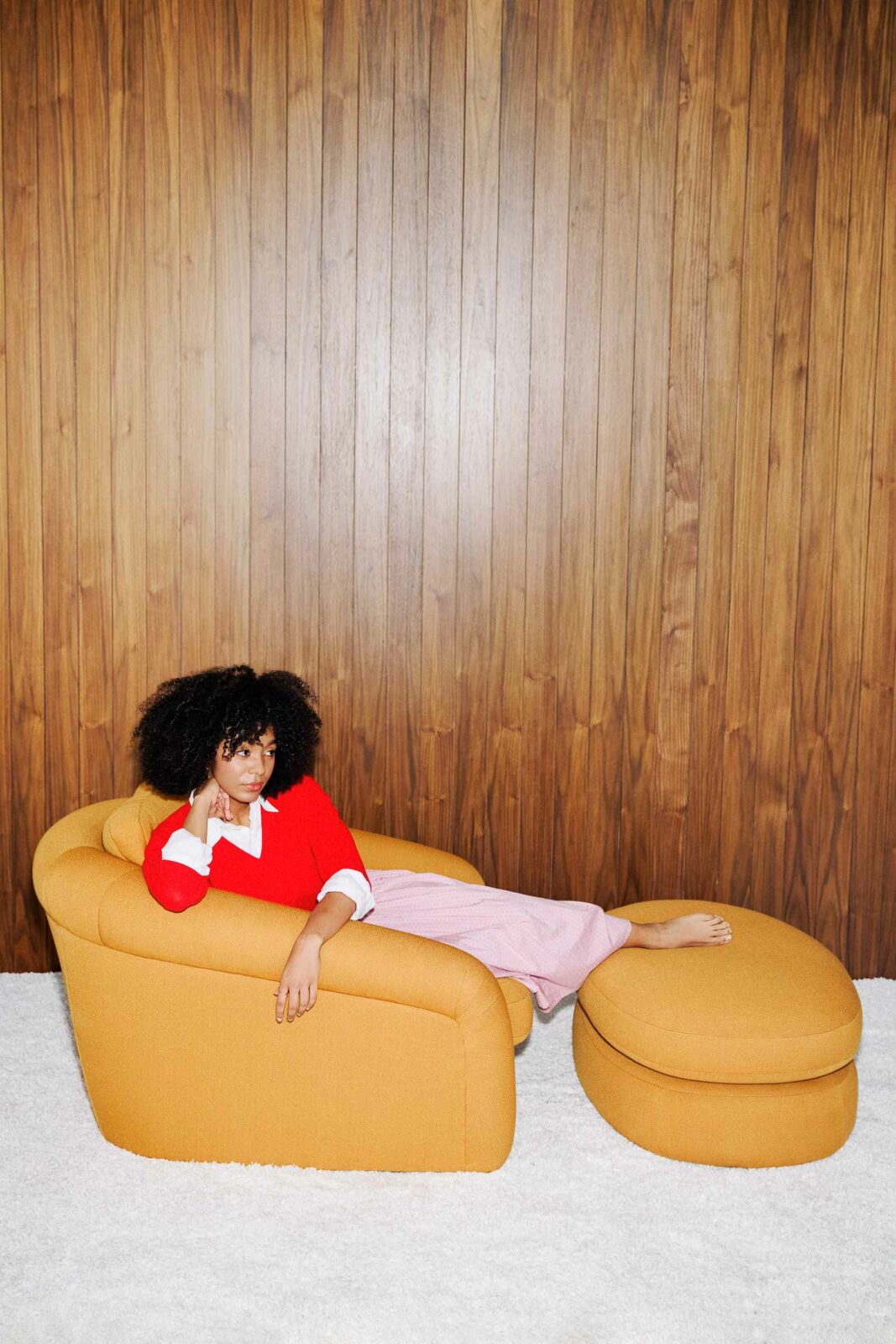
The Workspace Collection
The Workspace Collection introduces three desks, the Elvin, the Cobb, and the Hayes, plus a freestanding bookcase called Boocase. Each piece was developed with simplicity and functionality in mind, even if their style remains consistent with the whole collection. The desks vary slightly in size and form, allowing buyers to have the perfect piece no matter the setting.
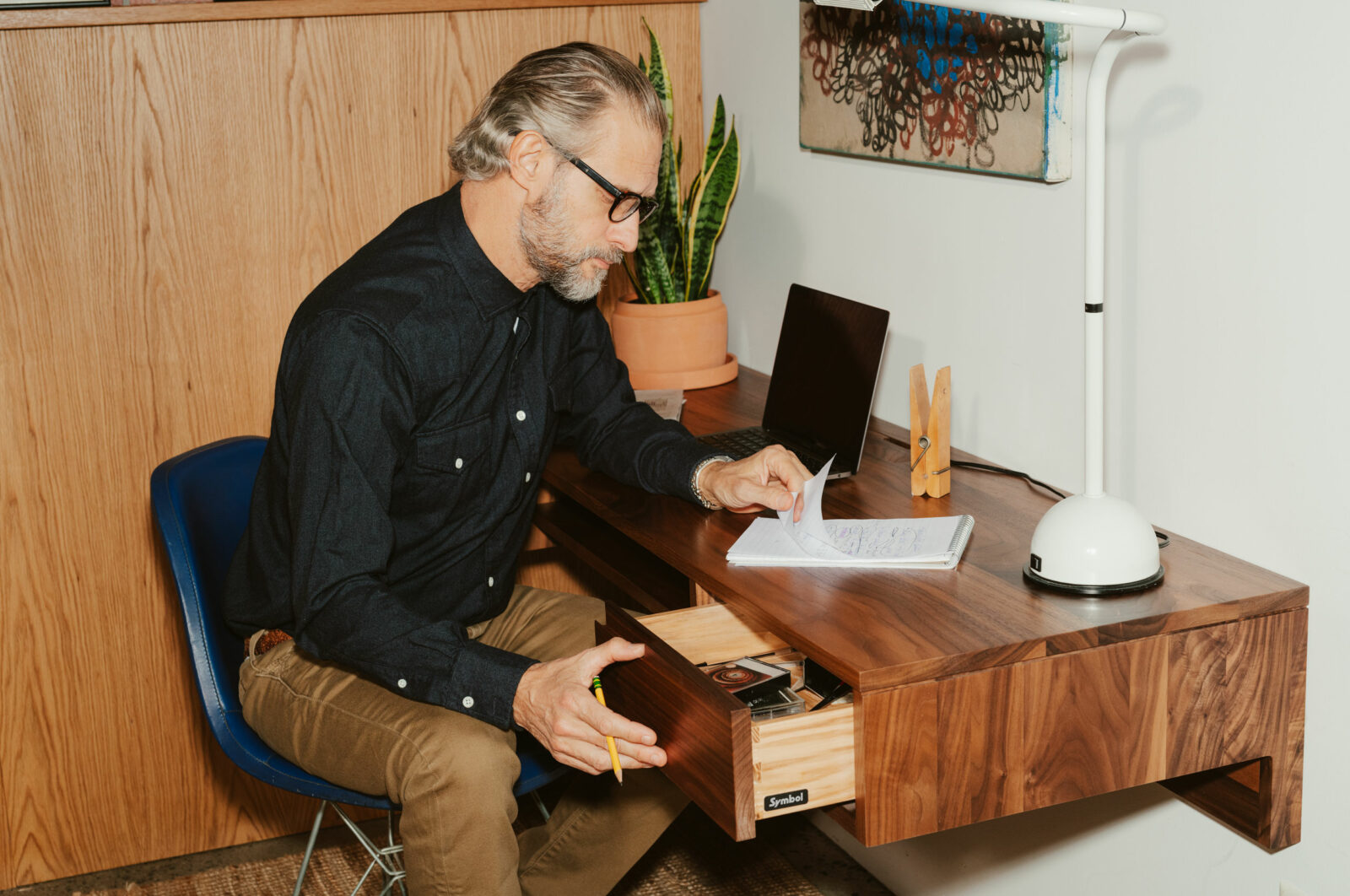
More vinyl storage solutions
Alongside the new furniture range, Symbol Home has launched a vinyl storage collection in collaboration with Swiss brand USM Modular Furniture. Long associated with office and storage systems, USM has been used informally for vinyl storage for years. The USM x Symbol Home collection sets this in stone with a group of modular cabinets, carts, crates, and display pieces built for records and audio equipment. Designed in New York and made in Switzerland, the collection sits alongside Symbol’s own USM occasional table, which appears in the Living Room range.
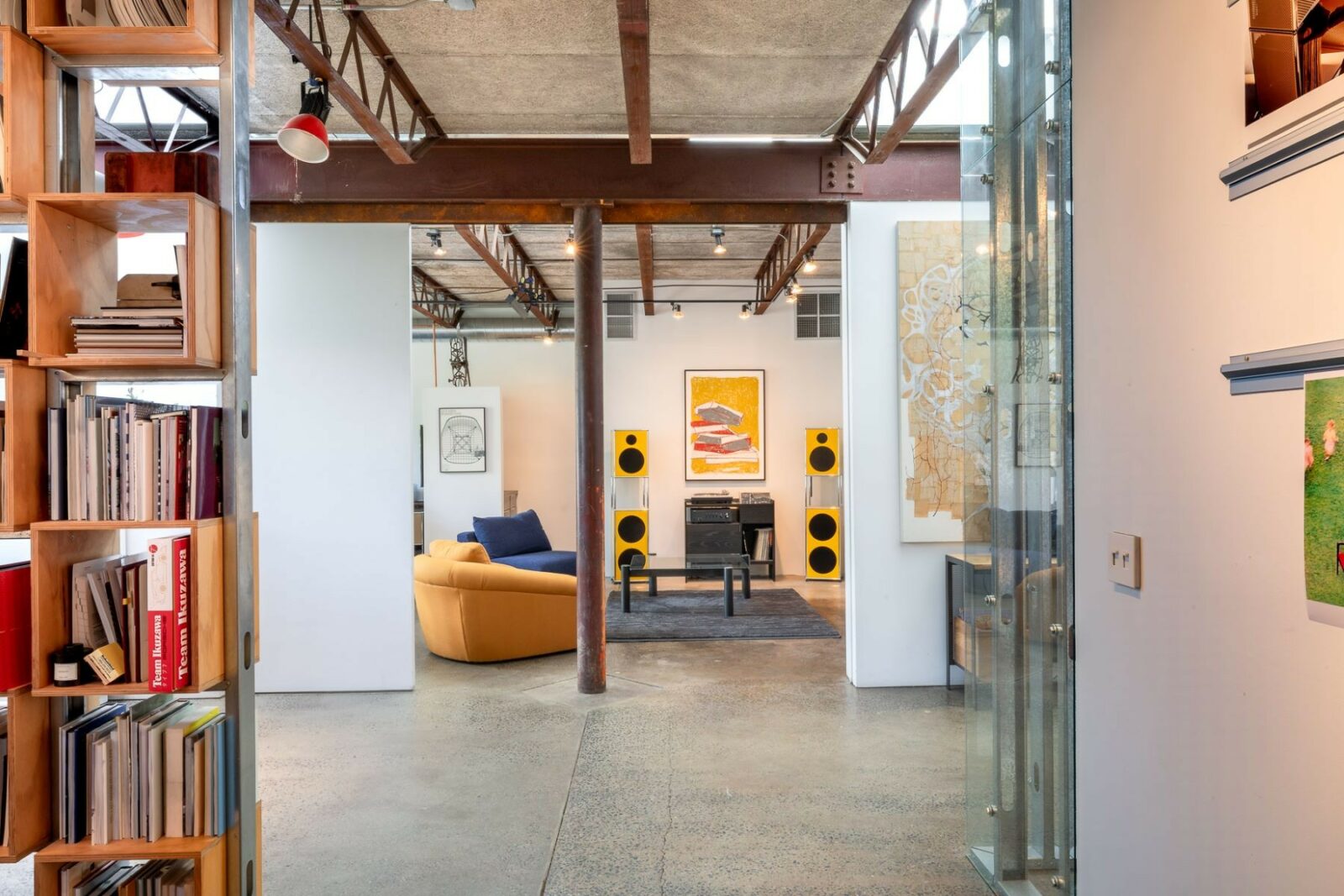
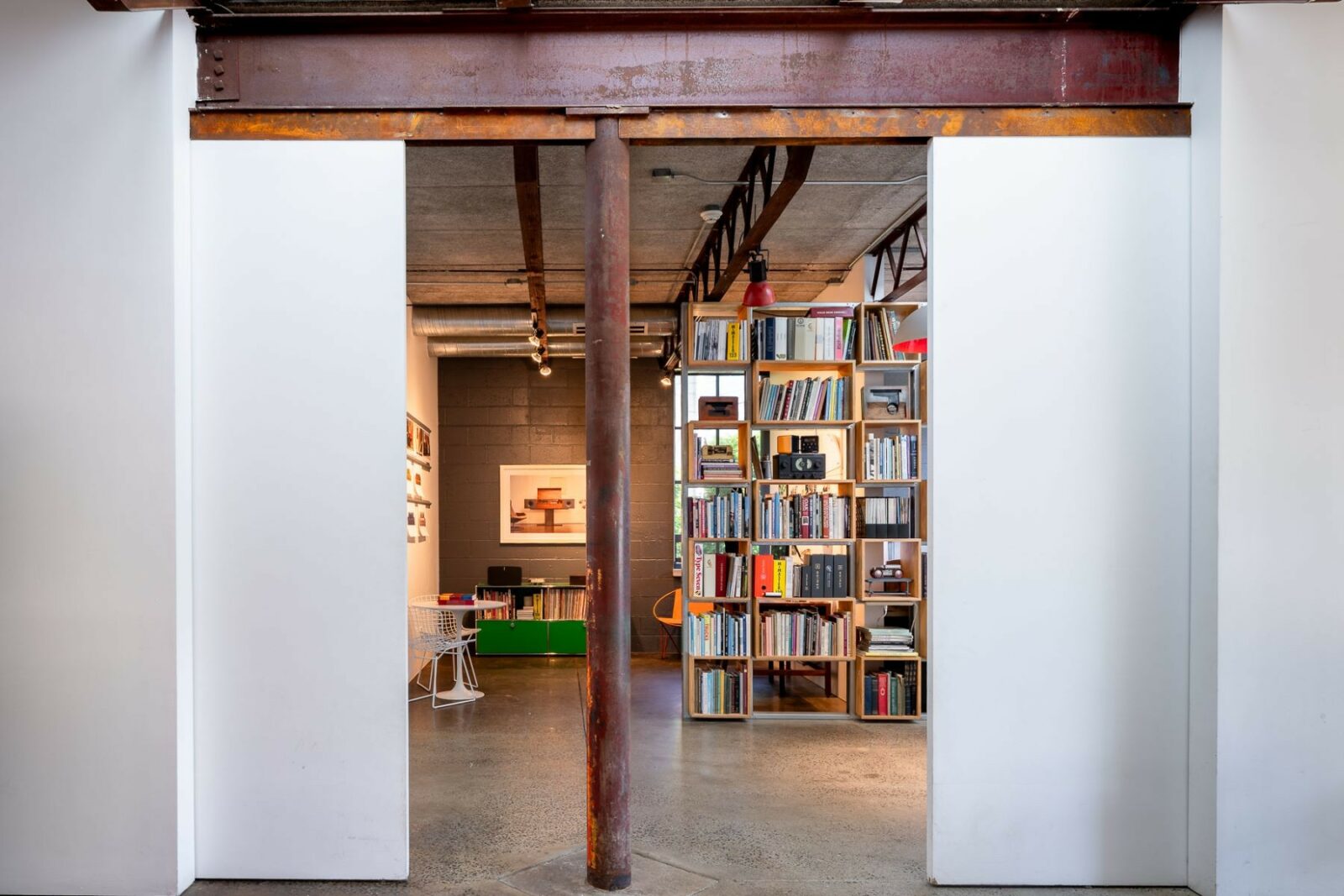
Behind the scenes
This expansion is the outcome of a multi-year collaboration between Symbol Home’s founder, Blake Tovin, and his son, Walker Tovin, who joined the company in 2020. Blake, an experienced furniture designer and the founder of Tovin Design Ltd., has worked on collections for Crate & Barrel, RH, West Elm, and Pottery Barn. Walker, whose background includes product design and roles in branding and e-commerce at HODINKEE and Aimé Leon Dore, has taken on the role of Managing Director with the aim of adapting the business to a broader, digitally engaged customer base.
Together, the Tovins developed a plan that would shift Symbol Audio’s original focus on audio storage to a wider home offering, while continuing to work with established American manufacturers. Based in Nyack, New York, the company partners with small and family-run workshops across North Carolina, West Virginia, and Utah. All pieces are made to order, with a material palette that includes textiles from Kvadrat, Maharam, JB Martin, and Libeco.
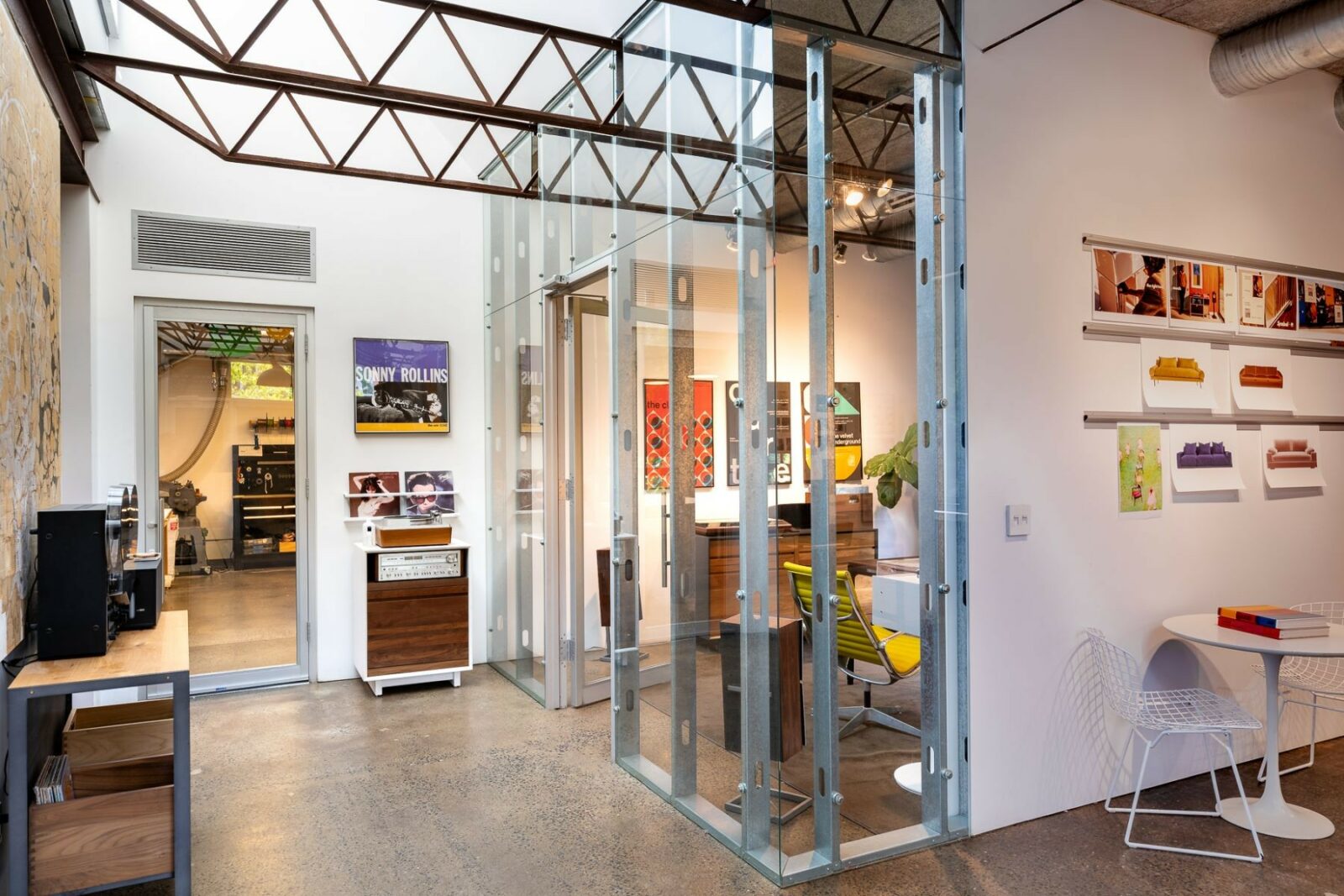
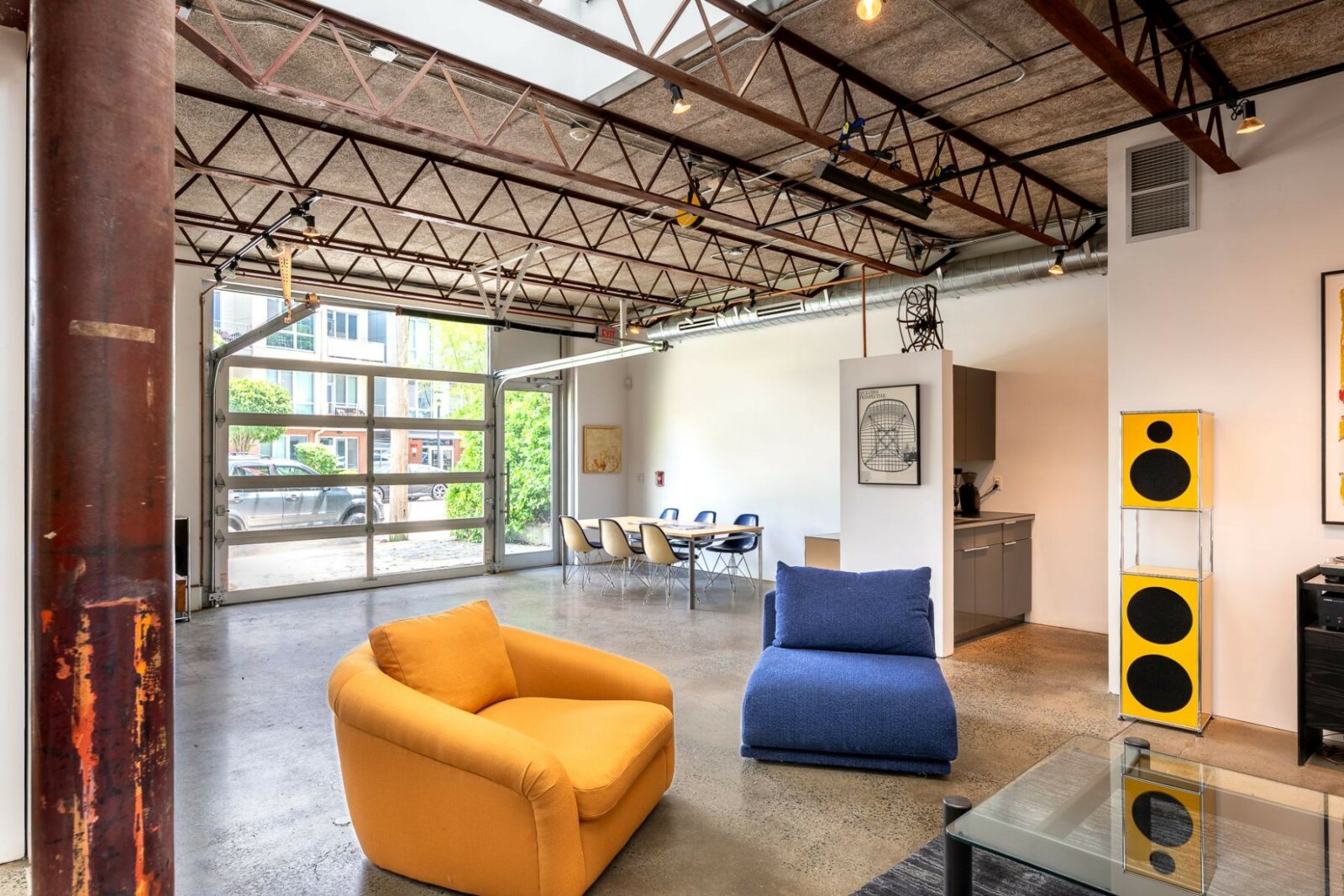
Talks with Walker
As Symbol expands from its audio-focused origins into broader markets, we got the chance to speak with Walker Tovin about the stories behind the brand, its approach to product development, and how a shared interest in music and design continues to shape its direction.
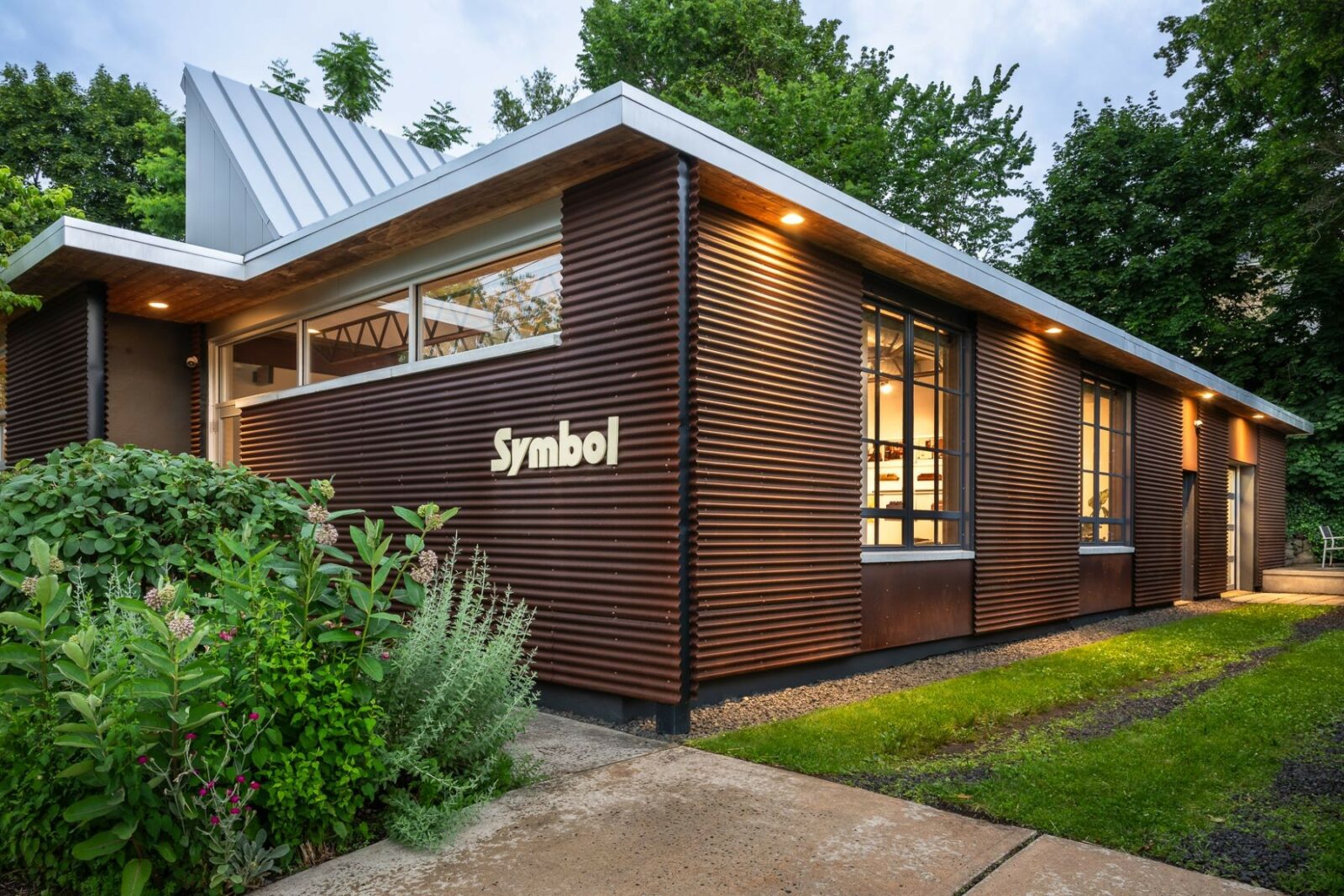
Can you tell us a bit about your background?
My background is a bit varied — I went to school for industrial design, which is a very general field that encompasses everything from shoe design to furniture design. My career prior to Symbol was primarily spent on the brand and marketing side of small- to medium-sized lifestyle brands. I was very fortunate to spend time at two iconic New York brands at very pivotal moments in their growth: HODINKEE and Aimé Leon Dore. Both experiences were very formative and have inspired my work at Symbol.
What inspired the creation of Symbol, and how would you describe the philosophy behind the brand?
My dad started Symbol in 2012 after spending 25+ years in the furniture design industry. He wanted to build a brand where he could design his own products and present them on his own terms, from concept to execution.
While the brand is definitely inspired by a love for music, at our core, we’re product-centric designers. Our background is in furniture and product design, and we’ve always been drawn to solving problems through that lens.
Our audio-centric work is really about creating pieces with unrelenting attention to detail and functionality, without compromising aesthetic integrity. That means accounting for things like vibration dampening, airflow, and the nuanced needs of true enthusiasts. As we’ve expanded to new categories, that focus has evolved to refining the construction of a sofa cushion to achieve our perfect feel.
At the end of the day, we are ultimately creating products that we want to live with, and that means dialling in all the nuances that you might not notice on day one but will become clear when you live with them for years.
Symbol started with audio storage, what sparked the move into a full living room collection? How has the brand evolved through that?
Our plan had always been to create a full-fledged home collection; we just took a 13-year detour in the world of audio because there was so much opportunity to iterate on those products, and we enjoy that space so much. The development of the Home line began about three years ago, and we refined those products for years before bringing them to market.
From a brand perspective, I was really eager to expand the lens of what Symbol represents. By zooming out and designing the pieces that surround our audio furniture, we can really refine the lifestyle that defines Symbol. It’s not just about how we want to store records or audio equipment; it’s about how we want to live with those pieces and how everything in your space contributes to a deeper experience of listening and being present.
Vinyl culture is clearly having a moment, why do you think it’s resurging now? How does that cultural shift support what Symbol is doing?
I think a big part of why vinyl is having a moment is that it offers something digital can’t. And I don’t think it’s about one being better than the other — I stream music all the time. But sitting down with a record is just different. You’re holding this big, physical piece of art. You’re listening to a full album from start to finish. It’s immersive, focused, and way more intentional than skipping around playlists. That experience is, I think, what’s attracting people to vinyl.
How does Symbol guide or support people in creating intentional listening spaces at home?
From the start, our mission has been to create audio and vinyl storage furniture that feels like “real furniture”, not overly technical audio racks and stands that could only live in a music room or man cave… This makes it possible to create intentional listening spaces in homes that don’t necessarily have the luxury of a dedicated music room.
Over the years of iterating in this space, we’ve created a really wide range of products which we think address most people’s tastes and needs, from prominently displaying vinyl collections (Luxe) to more discreet solutions that appear like a credenza, only to swivel open and reveal a 500-LP collection (Aero).
Your new pieces reference the 1970s quite strongly. What draws you to that era, and how do you reinterpret it through your designs?
I really love this era of design, but if you have ever owned, or even sat on, a sofa from this period, you know that they are nearly as uncomfortable as they are beautiful… they were designed and built for another time. For better or worse we spend a lot more time on our sofas in 2025 than we did in 1975, so I wanted to see if we could capture the feel of that era while updating the proportions and construction for a more modern experience.
What do you hope for Symbol’s future, and how do you see music culture and design intersecting in the years to come?
My hope is that as we grow, we can continue to deepen the connection between our brand and all of the things that inspire us — music included. This could look like a live music series, maybe a Symbol nightclub… who knows. Collaborating with talented and inspiring people is the ultimate joy of running Symbol, and my hope is that we can continue to do that on a larger scale in the future.



